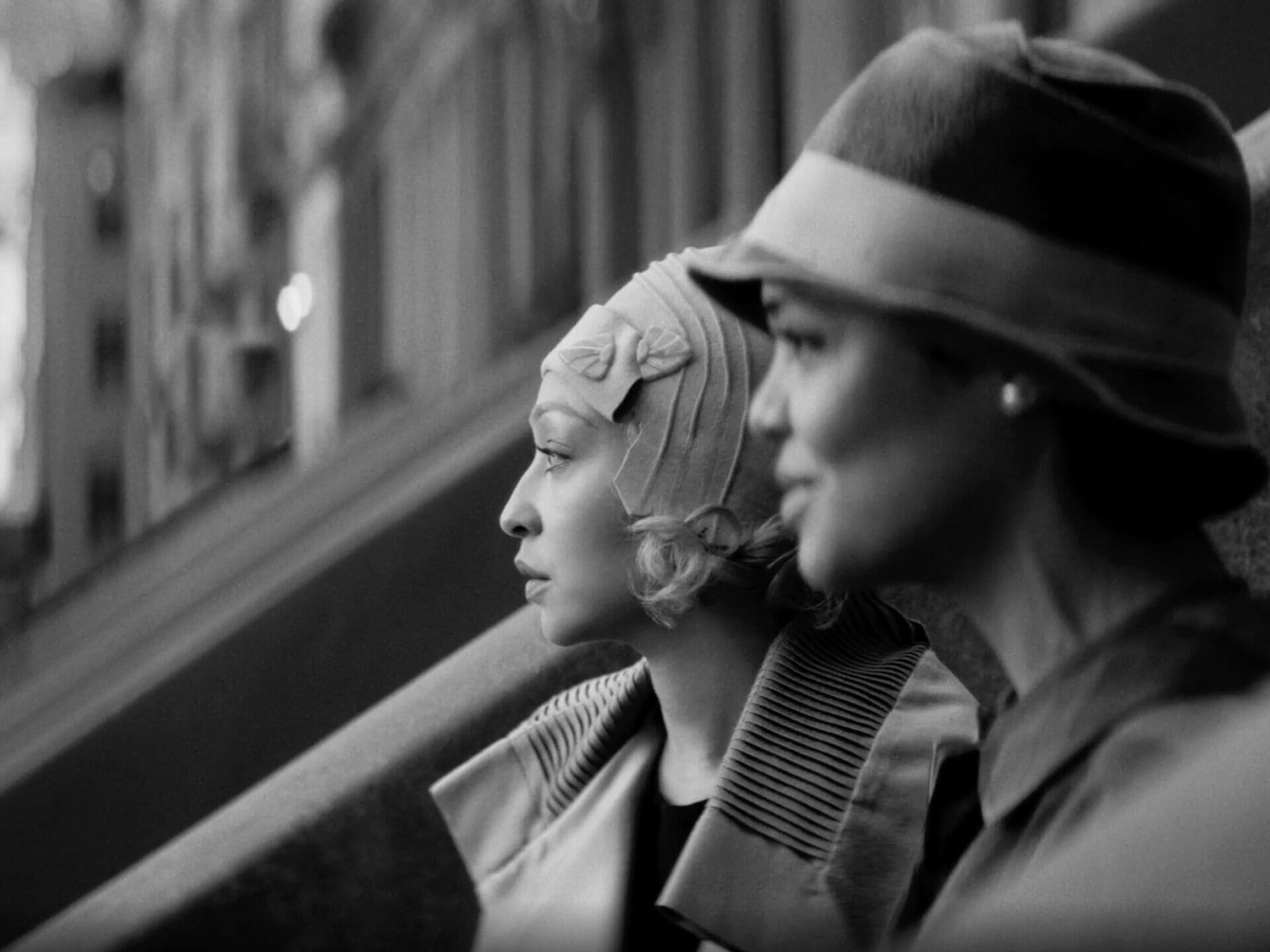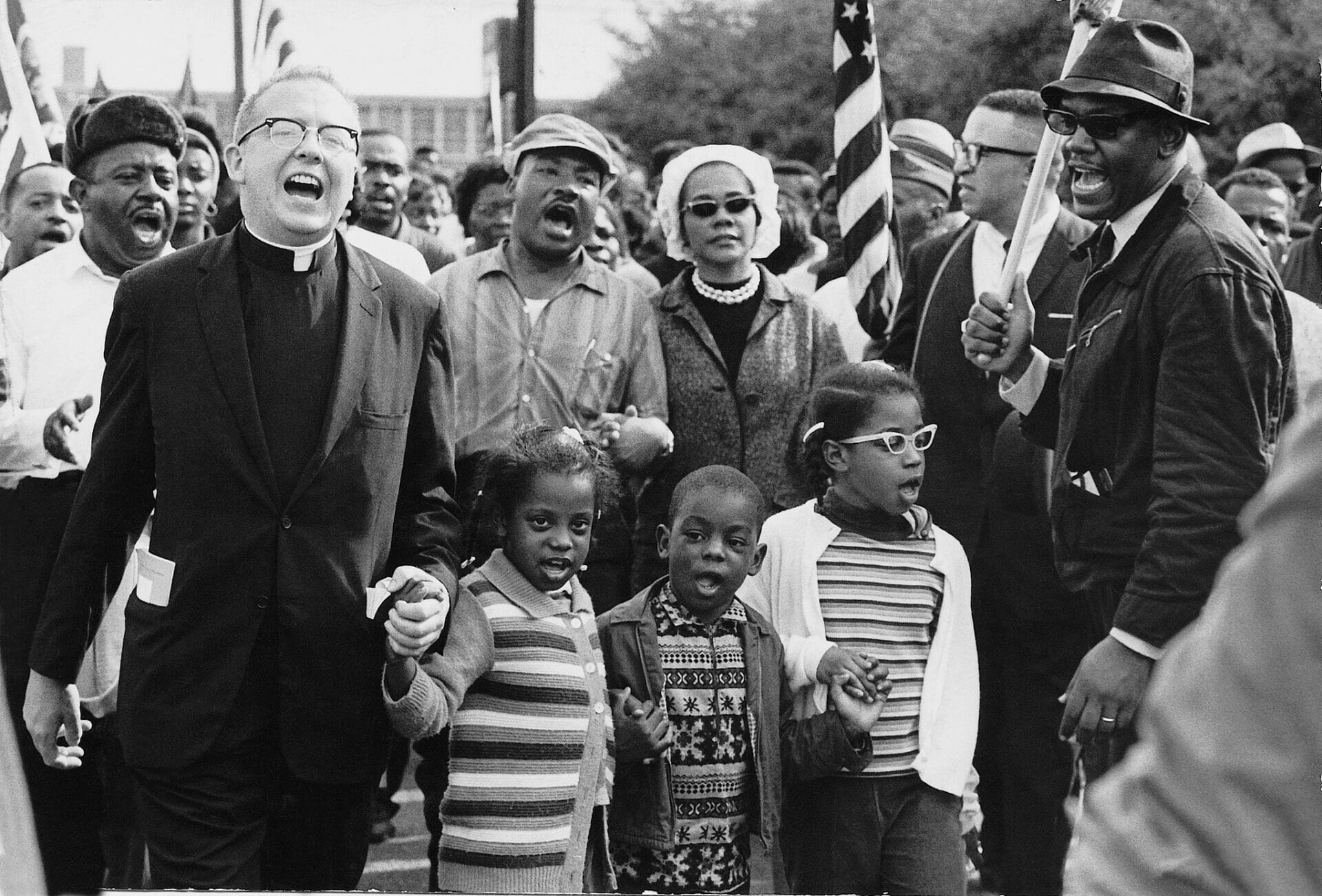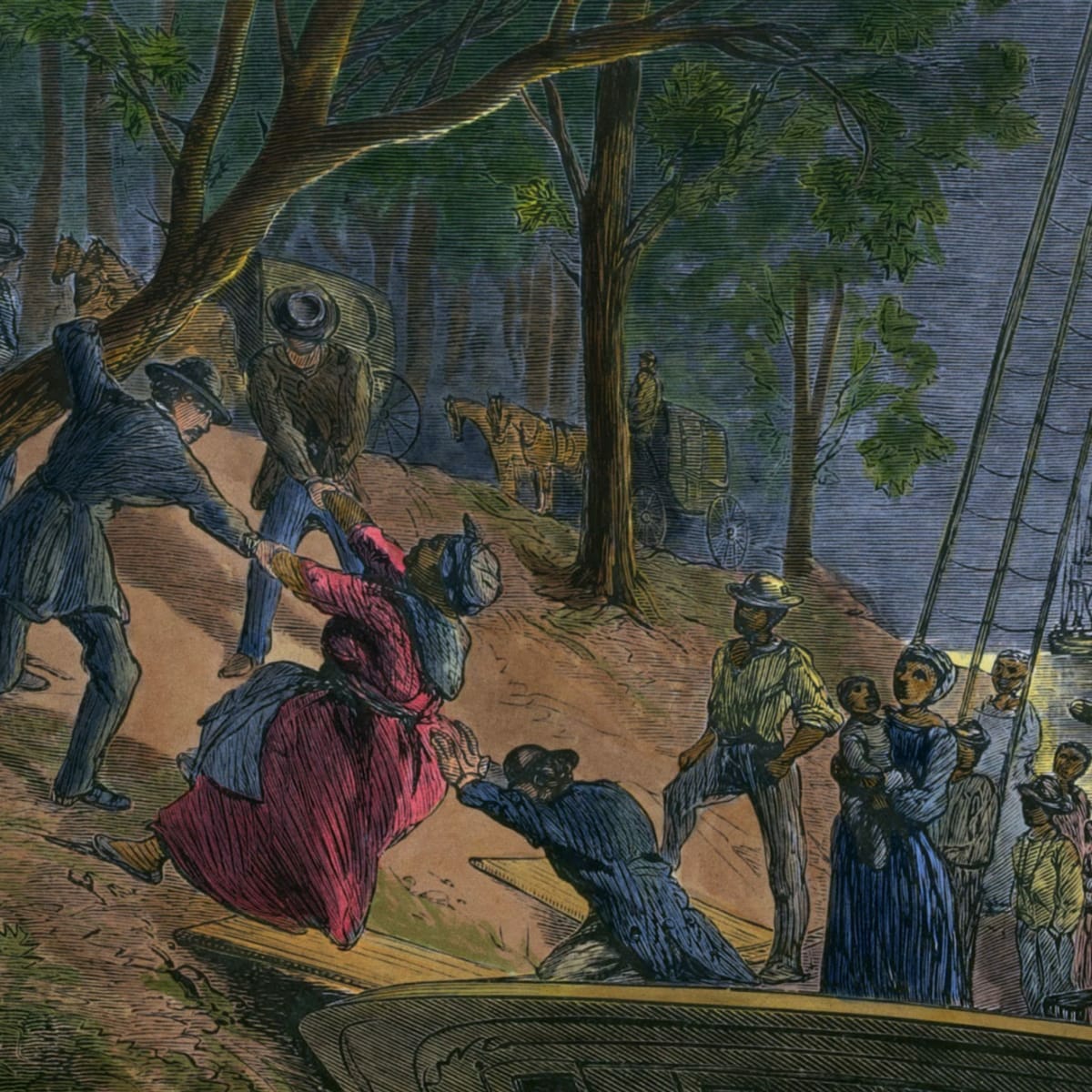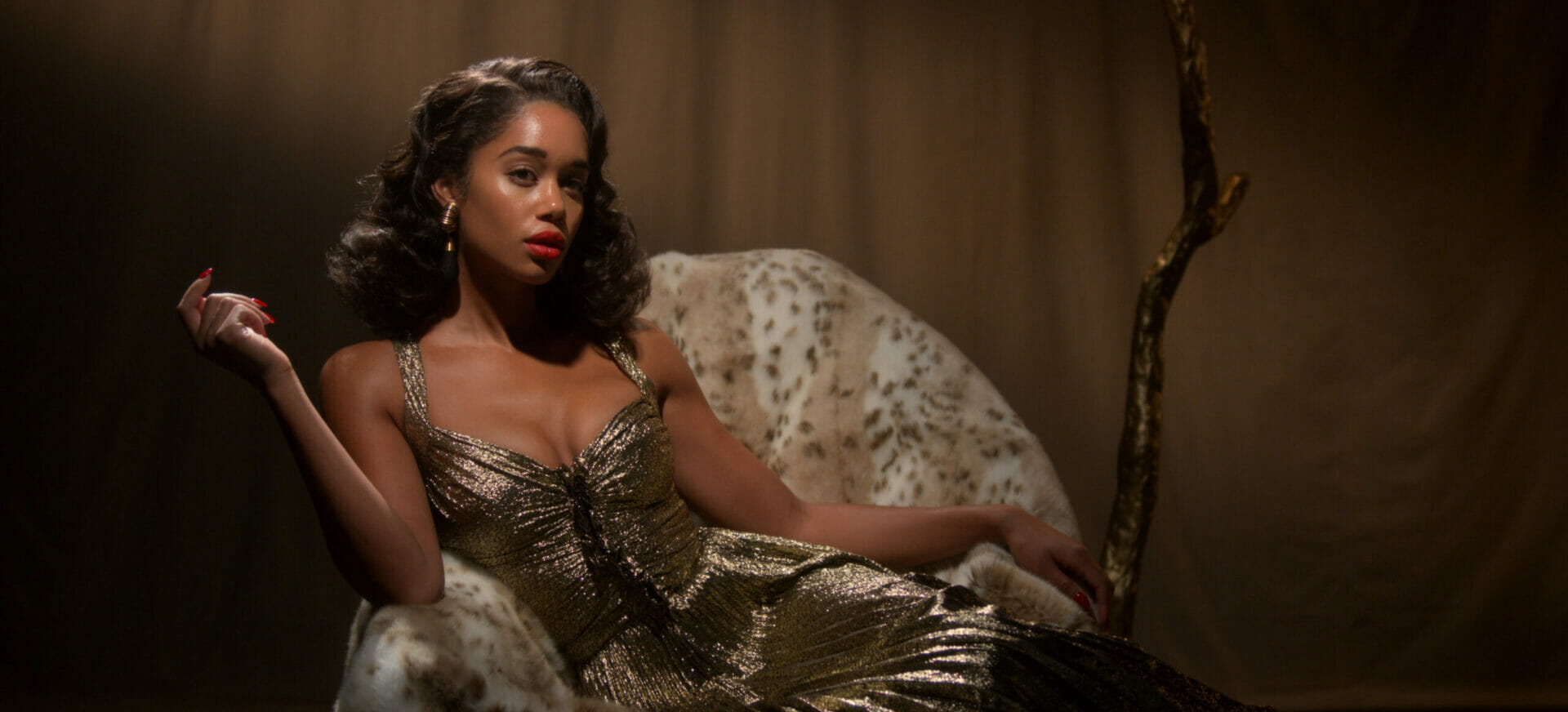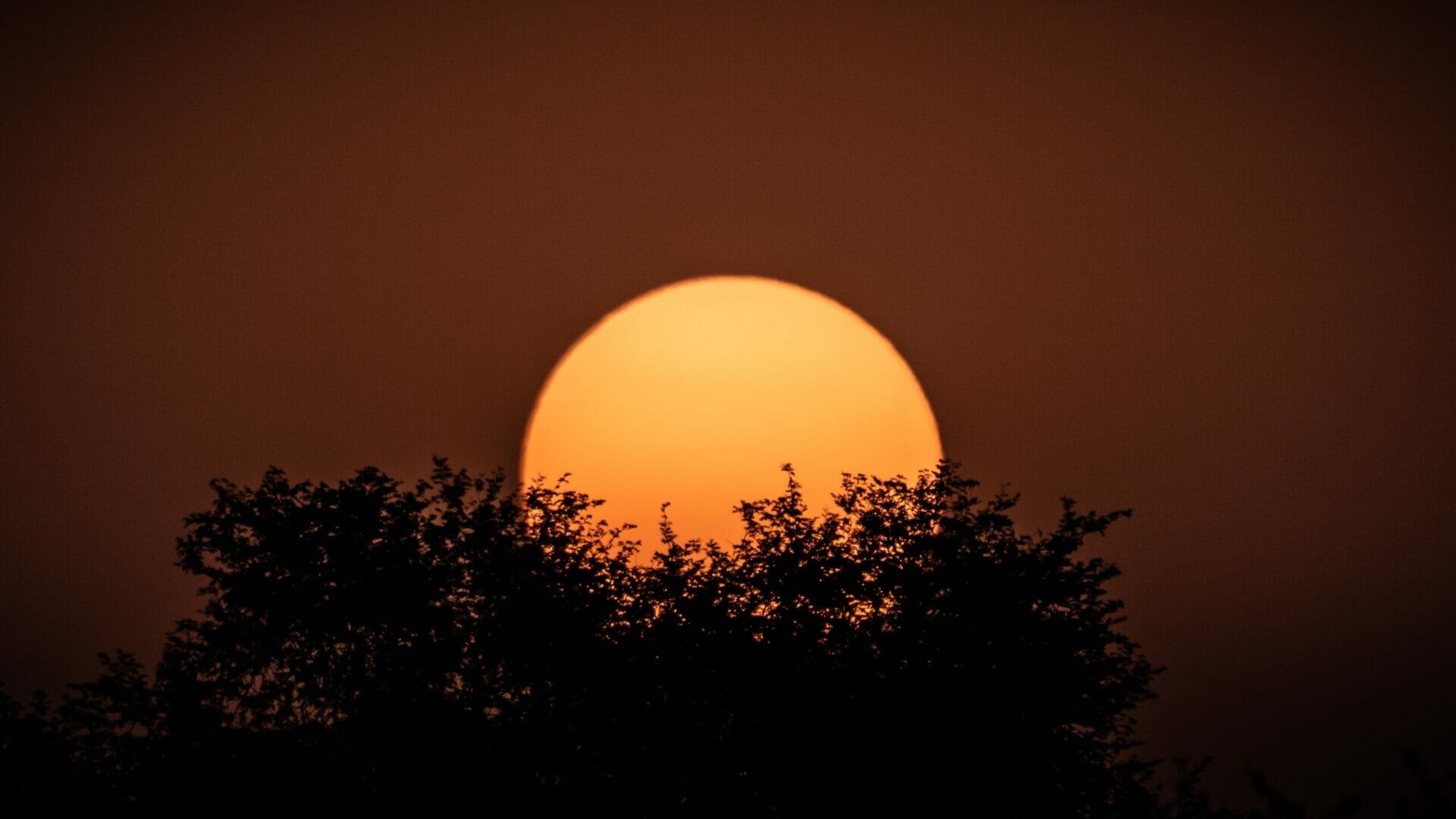
The Woman King | An action epic with a social conscience
Year
Runtime
Director
Cinematographer
Production Designer
Music by
Country
Format
Genre
West Africa, 1823. The Kingdom of Dahomey is a tributary state of the Oyo Empire, and the two are on the brink of war. The latter is planning to raid Dahomey villages and sell their captives to European slave traders, so to protect the kingdom, the fearsome Agojie, an all-female military unit springs into action.
The Woman King is more than just an example of well-crafted storytelling. Directed by Gina Prince-Bythewood from a screenplay by Dana Stevens, itself based on a story she co-wrote with Maria Bello, the movie is essentially a dramatically vivid and striking action epic. It also tries to unravel the different aspects and angles of the historical story of the Agojie, from accounts narrated by Dahomeans, Portuguese and French sources, and the Agojie themselves.
Bello heard of the story on a visit to Benin. Also known as the Dahomey Amazons, they were a female army of the African Kingdom of Dahomey, which is now the present-day West African state of Benin. Renowned for their influence, fierceness, and prowess in battle, the Agojie are brought to the screen by a predominantly Black, mostly female cast led by Viola Davis, who along with the cast and production crew have been submitted for, won, or been nominated for multiple awards.
Prince-Bythewood is the Co-Chair of the Directors Guild of America African American Steering Committee, where she has reportedly prioritized the ongoing employment and advancement of African American Guild members, part of a wider drive for further Black representation on screen. The film was shot in South Africa, which stood in for Dahomey in the early 1800s: Prince-Bythewood, who directed the 2020 American superhero film The Old Guard, cites such movies as Braveheart and Gladiator among her influences. And in The Woman King, the behind-the-scenes work on costumes and cinematography brings to life and enhances a culture rarely seen in popular media.
The heroine’s journey
The Woman King follows the initiation journey of young Nawi (Thuso Mbedu) into this elite community of female warriors. Disowned by her father for her reluctance to marry, Nawi undergoes an intensive training program with the Agojie under the mentorship of Izogie (Lashana Lynch). Leading the troops with a firm and wise hand is the poised General Nanisca (Viola Davis), who is a contender to become the future Woman King. A legendary figure called upon by King Ghezo (John Boyega) to share the responsibilities of the crown in times of great danger and unprecedented change. One of the few white actors is Hero Beauregard Fiennes Tiffin, who previously starred as the young Lord Voldemort in Harry Potter and the Half-Blood Prince, and who now plays a Portuguese slaver.
For her performance as Nanisca, Viola Davis earned Best Actress nominations at the 80th Golden Globe Awards, the 29th Screen Actors Guild Awards, the 76th BAFTA Awards, and the 54th NAACP Image Awards. What’s more, The Woman King has also been included in the AFI‘s Top 10 Films of the Year.
Becoming an Agojie
We are Agojie. We do not act alone. We move together with one purpose.
General Nanisca (Viola Davis)
On the surface, the plot of The Woman King follows the standard pattern of a hit Hollywood blockbuster, with a young heroine taking the path of the warrior. At first, Nawi’s brash and impulsive temperament makes it difficult for her to follow the rules and be molded into the female army. Eventually, she proves herself capable of fighting and defending her people by growing in adaptability, resilience, and stealth. She matures and her spirit strengthens into a true Agojie warrior.
Elements told from the female perspective add depth, verisimilitude, and texture to the plot. Nawi’s experience also provides a glimpse into the reclusive environment of the Agojie. These female soldiers actually lived their lives in secret within the palace walls. Following Nawi, the viewer sneaks inside the walls to discover the daily activities surrounding the warriors’ training, such as filing their nails or oiling their bodies before the battle. As the camera delves deeper into the palace, the viewer also gains an understanding of the practices and social relationships of the Agojie circle.
But there is more to being an Agojie than knowing how to fight. The Agojie share questions among themselves about loss, the sacrifices of motherhood, the rape of women in wartime, and the meaning of sisterhood. Many of the words spoken by the warriors and the issues raised break through the screen, proving that they transcend cinematic time and space to resonate on a universal level. These sociological layers paint a portrait of a female community that is significant not only for historical reasons, but also as a representation of ongoing struggles materialized and personified through complex, flawed, courageous, and sometimes sassy female characters.
The action epic with a social conscience
The Woman King drew outstanding plaudits not just for its scope and vitality as an action movie, but also for its socially conscious aspects. “A crowd-pleasing epic – think Braveheart with Black women,” said Lovia Gyarke, the Hollywood Reporter’s Arts and Culture critic. It departs from the typical entertainment movie by dealing with a subject that Western cinema has not often dealt with, namely the overcoming of enforced enslavement, in the case of the Agojie both by the Dahomeans, and by Portuguese slavers. Gina Prince-Bythewood encourages the viewers to resonate with the story of a group of Black women and to understand and feel what they are feeling.
Gina Prince-Bythewood explains that her role as a director was to break the trend of undervaluing Black female artists. For Davis, the movie allowed her to define herself and gave young Black girls a story they could identify with. In the end, what emerges is a disruptive movie starring a predominantly Black, mostly-female cast, that confirms how visual narratives play a crucial role in shaping cultural beliefs and attitudes about race. The Woman King succeeds in portraying a powerful group of dark-skinned women not only because of their skills in battle but because their voices mattered. The Agojie’s actions could influence the king’s decisions. They had the respect of their communities as cultural and political leaders. In doing so, The Woman King also promotes Black women’s leadership.
Finally, the movie departs from another standard trend in Hollywood productions. Indeed, Hollywood movies often use specific color filters to identify foreign countries. The Woman King, on the other hand, offers bright colors and works with darkness and night scenes. Blue lights and dark backgrounds play with reflections on dark skin. This effect has already been observed in Barry Jenkins‘ Moonlight (2016).
Costume design showing a piece of the Agojie culture
One of the most eye-catching aspects of The Woman King is the depiction of colorful textiles. They adorn people and objects in many aspects of life, whether in the marketplace, on the battlefield, or in the palace. Those worn by the king and his court, for example, were particularly delicate, made of fine and dazzling fabrics. Some of the costumes are based on historical models. Indeed, costume designer Gersha Phillips researched historical archives on the clothing worn by Agojie warriors in West Africa. Additionally, some creations mobilized traditional and local resources. An artisan in Gambia made the indigo block prints in his own backyard.
Clothing is one of the many cultural attributes that help materialize social bonds. The king used to give the Agojie shells when they won battles. Phillips incorporated these shells into costumes, headdresses, armbands, and belts. Phillips also explained that the actors were allowed to choose certain accessories to give individuality to their characters. Furthermore, the costumes also indicated status. For example, those worn by Nanisca were more elaborate to show her rank, and the embroidery on those of Amenza (Sheila Atim) was white to signal her spirituality.
Fictionalizing or distorting history?
Upon its release, however, The Woman King drew some criticism for its portrayal of West African people and history. The Hollywood Reporter said that “it begins as portraiture and then surrenders to melodrama when faced with the challenges of translating history for the screen and constructing a coherent geopolitical thread.” Some critics pointed out the tendency of African identity to become uniform, flattening the diversity of the continent, now composed of fifty-four countries across thirty million square kilometers. For example, actors’ accents are not accurate and tend to be exaggerated.
In addition, the audience debated the historical accuracy of the movie’s events. Viewers have questioned its fictional interpretation of the Atlantic slave trade. In the film, the Agojie organized to fight enslavement and refused to cooperate with the colonizers. However, critics say that this obscures reality, as the Kingdom of Dahomey continued to trade slaves until later in history, and was only effectively colonized by the French at the end of the nineteenth century. “(The film) leans toward fantasy in its heroic moments, but is rooted in [the] truth about war, brutality, and freedom,” said the BBC.
As a result, there has been a movement on social media to boycott the movie with the hashtag #boycottWomanKing. This movement led to the questioning of this idealized version of events. Davis and her husband and producing partner, Julius Tennon, both defended the director’s choice in an interview with Variety, arguing that the movie entered a time in history when the kingdom was still deciding its fate.
We entered the story where the kingdom was in flux, at a crossroads. They were looking to find some way to keep their civilization and kingdom alive. It wasn’t until the late 1800s that they were decimated. Most of the story is fictionalized. It has to be.
Viola Davis in an interview with Variety
Arguably, The Woman King belongs to the genre of alternate history, which is essentially a fictionalized story that deviates from historical facts in order to propose a credible alternative version of events. There are other fictional movies that deal with slavery, such as Steve McQueen‘s 12 Years a Slave (2013) or Quentin Tarantino‘s Django Unchained (2012), that have not faced such a backlash. Reviews from CNN and The Independent suggest that this opposition is an indirect rejection of the strong female dimension, a novelty compared to the aforementioned works.
A call for research and representation of local histories
Lead actress Viola Davis said The Woman King is not targeted solely at Black consumers because, at its core, it is a story about humanity.
One thing is for sure though. This outstanding portrayal of this historical ethnic community inspires others to do the same with the histories of other countries, such as those in South-East Asia, Latin America, and the Middle East. It is an incentive to take advantage of research into the making of action movies and to draw on archives and anthropological notes on customs, traditional textiles, gastronomy, political structures, and local economies. A way to save, fix and document them on screen for future generations.
In conclusion, The Woman King took the time to retell a story of origins in order to accomplish a goal in our current society that has gained more attention in recent years – while making a socially conscious action epic, it also gives attention and representation to Black women in the movie industry.
Tag
Buy a ☕ for Hypercritic







